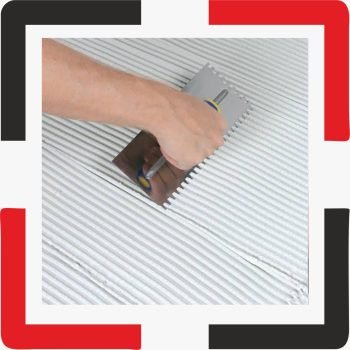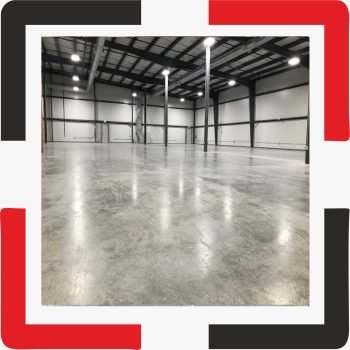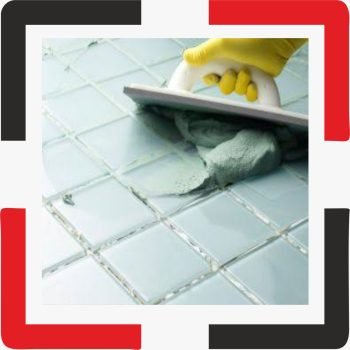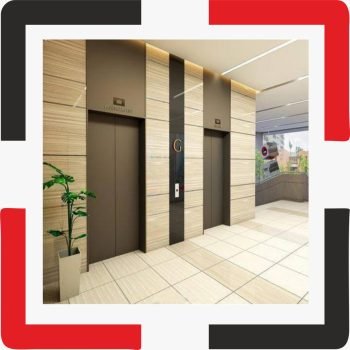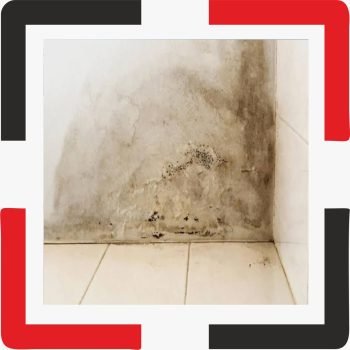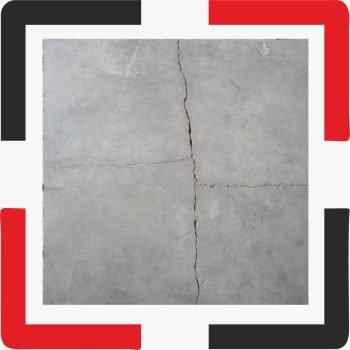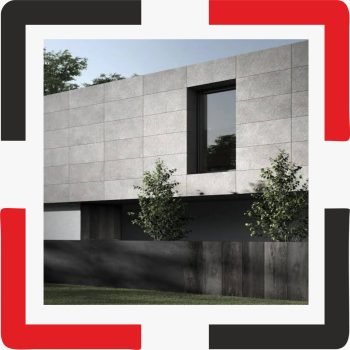- Products
- Find Solutions
Solution to Modern Tile & Stone Fixing Challenges
- Tools
- About Us
- Career
- Contact Us
Fixing Stone Joints?

Stone joints, a critical component of architectural and artistic structures, can pose challenges when they begin to show signs of wear and tear. In this comprehensive guide, we will explore the common problems associated with fixing stone joints and provide practical insights into addressing these issues effectively.
Common Problems with Stone Joints
Cracks and Fractures
Stone joints often develop cracks and fractures due to various factors, compromising the structural integrity and aesthetic appeal of the installation.
Discoloration
Unsightly discoloration can occur over time, marring the beauty of stone joints and necessitating corrective measures to restore the original appearance.
Uneven Surfaces
Uneven surfaces in stone joints not only affect the visual appeal but also create potential safety hazards. Resolving this issue requires meticulous attention to detail.
Understanding the Causes
Environmental Factors
Exposure to harsh weather conditions, UV rays, and pollutants contribute to the deterioration of stone joints over time.
Poor Installation
Incorrect installation practices can lead to weak joints, making them more susceptible to damage and requiring timely repairs.
Natural Wear and Tear
Even with proper installation, natural wear and tear are inevitable. Understanding these natural processes is crucial for effective repair strategies.
Addressing Specific Stone Types
Granite
Understand the unique challenges and considerations when fixing stone joints in granite installations.
Marble
Explore effective repair strategies tailored to the characteristics of marble stone.
Limestone
Learn about the specific requirements for maintaining an







































